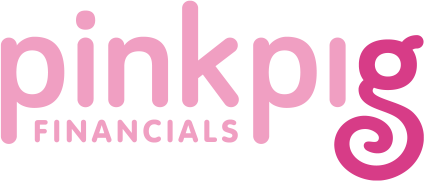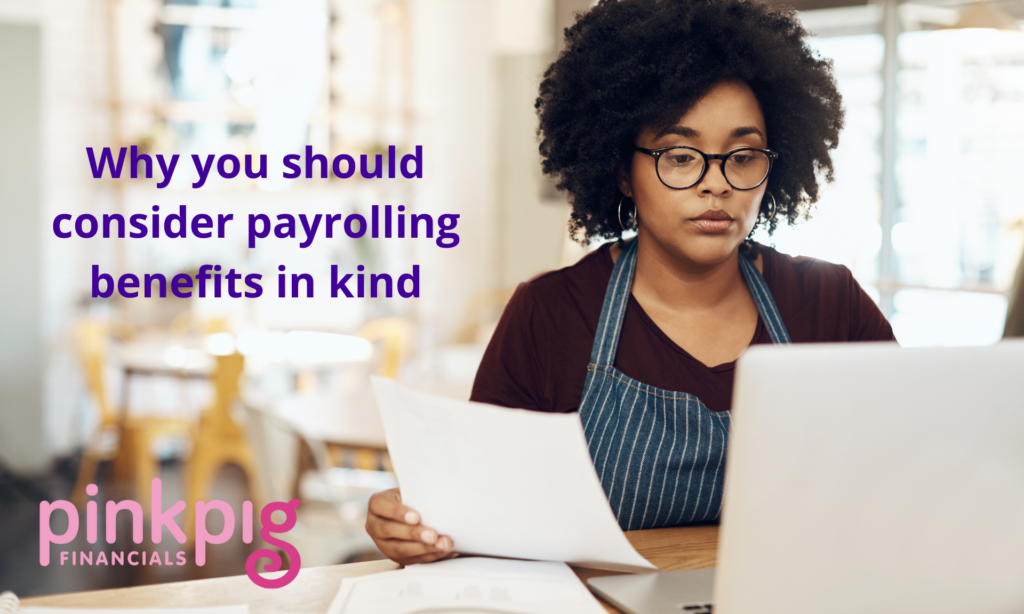If you provide staff with benefits in kind, such as company cars, medical insurance etc., you must report these annually to HMRC using forms P11D and P11d(b).
There’s another way to report benefits in kind – this is taxing them monthly through payroll instead. It’s called payrolling benefits in kind. Reporting benefits in this way will be mandatory from April 26, however we’re looking to get all our clients changed over from April 25 so we have a year to get used to it! Here are the main advantages of choosing to payroll your benefits in kind earlier than when it becomes mandatory.
Employees are taxed up to date, rather than retrospectively
Currently, employees pay tax on their benefits after they receive their P11D form at the end of the year, this means they could be paying tax on benefits they received over a year ago.
For example, say an employee was given a company car on 06 April 2024, and they had the car for the whole tax year all the way through to 05 April 2025. At the end of the tax year their employer would complete their P11D form and pass it on to the employee – this would need to happen by 06 July 2025.
The employee would need the P11D form when filling in their 2024/2025 personal tax return, which is due to be paid and filed by 31 January 2026! This is when they would pay the income tax on the benefit. That’s 21 months after they first started using the company car! If I was the employee I think I’d rather pay the tax in increments throughout the year, rather than getting a lump sum to pay at the end of the year.
Plus once HMRC are aware, they’ll then update the employees tax code, so they’ll be paying monthly for year 2 and will need to pay the lump sum for year 1 in the same year.
It’s important to make sure your employees are aware they need to pay tax on benefits in kind. It might seem like a no-brainer, but some people aren’t aware, and we’d hate for them to be hit with an unexpected tax bill.
If you choose to payroll benefits in kind instead, there would be a line on their payslip called “company car” or whatever the benefit is, and they would pay the tax in increments throughout the year on their payslip. They wouldn’t need to pay anything directly to HMRC. Everything would go through the employer, like their normal tax & national insurance.
Reduces the end of year admin burden
You would normally need to complete a P11d form for each employee with a benefit in kind, make sure they have a copy for their own records. Then complete a P11D(b) for the company as a whole, confirming the total national insurance that the company needs to pay to HMRC.
The more employees you have, the more forms you’ll need to do at the end of the year, you should consider payrolling these benefits instead.
If you opt to payroll your benefits in kind instead You only need to complete 1 P11D(b) to deal with the national insurance side. The employees would have already paid the tax on their benefits throughout the year. It is in HMRC’s plans to include this within the payroll year end from April 26, but currently we have no further information.
Makes the starter/leaver process easier
If an employee leaves in the middle of the tax year, you’re still not going to complete the P11D until after 05 April, it may be the case that you are contacting a employee who has left months ago, to pass on a copy of their P11D.
If you chose to payroll the benefits in kind instead, the employee who is leaving would not have access to the benefits anymore. We would have taxed it through payroll on a monthly basis, the leaver shouldn’t need to pay additional tax on the benefit at the end of the year.
I want to start payrolling benefits in kind – How do I get started?
You will need to register with HMRC for payrolling benefits in kind- and this will need to be done by the 31st March 2025 – however, I promise it only takes a couple of minutes. Cheryl registered PPF and recorded it here for you to see (the video is 2 mins):
The link you need for HMRC is https://www.gov.uk/guidance/paying-your-employees-expenses-and-benefits-through-your-payroll and you will need your Government Gateway details to log on and complete (unfortunately you need to do it directly, we can’t do via our agent access, sorry).
If you don’t have PAYE set up on your Gateway, here’s how to set it up: https://pinkpigfinancials.co.uk/2021/02/05/creating-your-hmrc-online-account/
We hope this helps simplify the end of year payroll reporting for you. If you have any questions or would like to discuss further please get in touch.
Here at PPF we are always ready to help answer your questions and explain ways to (legally) lower your tax bill! Want to find out more? Check out our YouTube channel for our Advice & Tax Tips or get in touch to explore working with us further!

